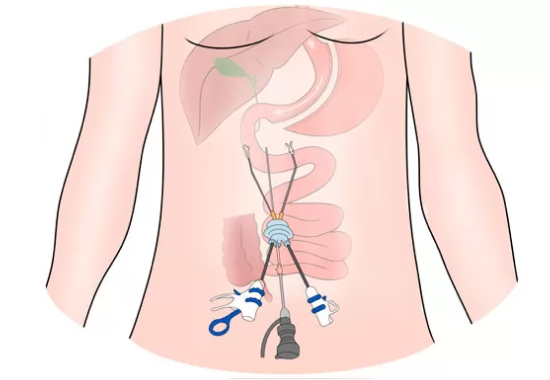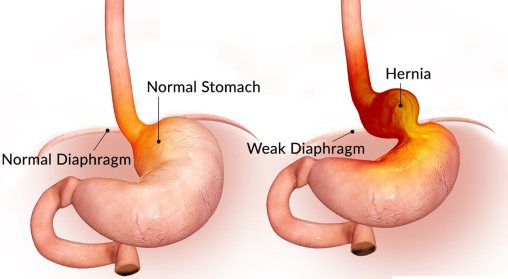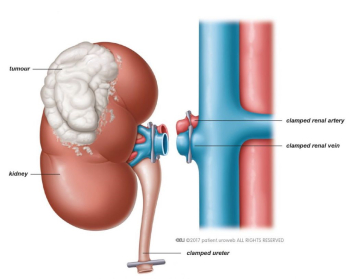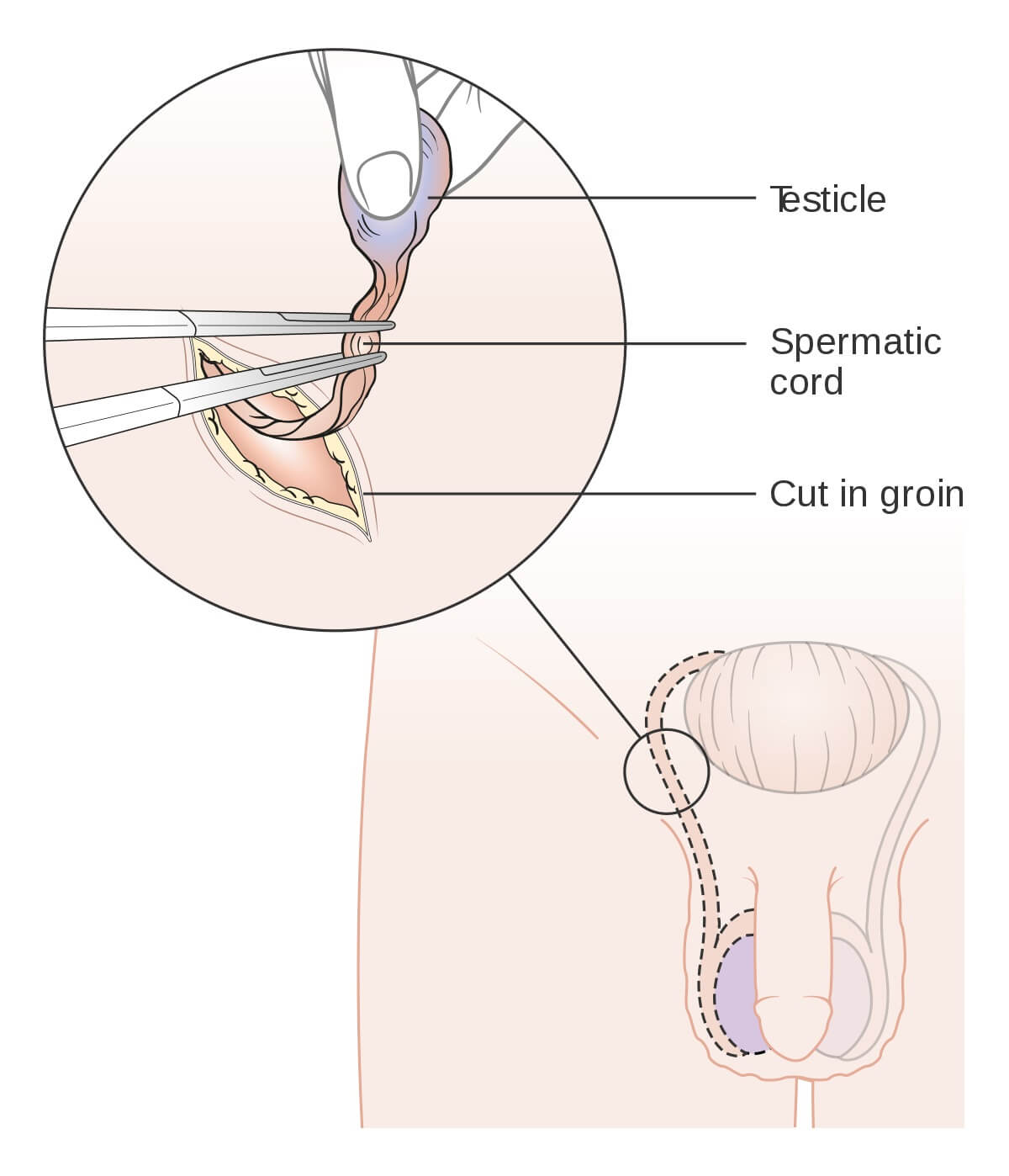Laparoscopic General Surgery
Commonly performed laparoscopic general surgery procedures:
Laparoscopic Hernia Surgery
Commonly performed laparoscopic hernia surgery procedures:
Single Incision Laparoscopic Surgery
Single Incision Laparoscopic surgery (SILS) is a further advancement in laparoscopic surgery .It is now possible to do almost all laparoscopic procedures through single Incision in place of the multiple incision used in conventional multi port laparoscopy .Special Instruments are required for these procedures .The most commonly performed SILS procedures are :
- Cholecystectomy
- Hysterectomy
- Ovarian Cystectomy
- Appendectomy

Laparoscopic Urology
Commonly performed laparoscopic urology procedures:
Paediatric Laparoscopic
Commonly performed paediatric laparoscopic procedures:
Laparoscopy in Trauma
Haematoma / Haemoperitonium Drainage
Laparoscopic surgery is emerging as an alternative in patients with abdominal injuries .It helps to quantify the injury correctly in haemodynamically stable patients with abdominal trauma .Blood in abdominal cavity can be drained and bleeding controlled .In addition to this damaged spleen can also be removed.

Laparascopic Solid Organ Surgery
Commonly performed laparoscopic solid organ surgery procedures:
Laparoscopy For Morbid Obesity
The patients with morbid obesity or obesity with metabolic disorders like diabetes have a surgical option to help them overcome their problems. The diabetes goes into remission immediately after surgery.
The procedures available are :-
- Sleeve Gastrectomy
- Gastric Bypass
- Gastric Banding
Surgery is reserved for patients who have exhausted all other options for weight loss. Proper counseling is done by the bariatric team to decide the best procedure for each patient.

Thoracoscopy & VATS
Video Assisted Thoracic Surgery or thoracoscopic surgery is the method to do surgery inside the chest with the help of instruments inserted through small holes in the chest wall, without opening the chest. Procedures which are done thoracoscopilly commonly are-





























